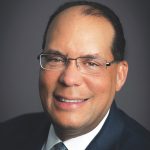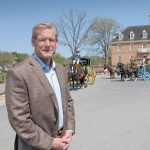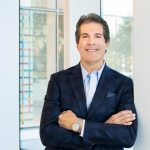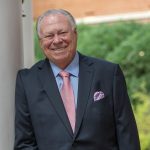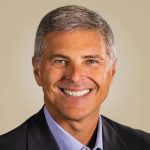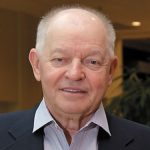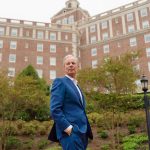Cvent is a market-leading meeting, events and hospitality technology provider based in McLean. Originally trained as a lawyer, Cvent CEO Aggarwal received degrees from the University of Virginia, Washington and Lee University and Georgetown University Law Center.
But he was seduced from the law by events management. After staging several hundred events as president of the Indian CEO Network, he started Cvent in 1999, riding the dot-com boom. In 2013, Aggarwal took Cvent public, and in 2016, it was bought by Vista Equity Partners for $1.6 billion and went private again. In 2021, Cvent became public once more, and in March, private equity firm Blackstone announced it would acquire the company for about $4.6 billion.
During the pandemic, Aggarwal shifted in-person meetings to virtual gatherings and, later, to hybrid conferences. In 2022, Aggarwal was inducted into the Washington Business Hall of Fame.
Cvent employs about 4,800 people, with more than 820 in Virginia. Its technology has assisted with the management of more than 5 million events.
PERSONAL MOTTO: One of my favorite quotes is, “Fall down seven times, get up eight.” It’s an old Japanese proverb, and it has inspired me to never give up.




